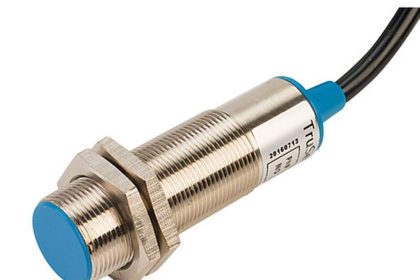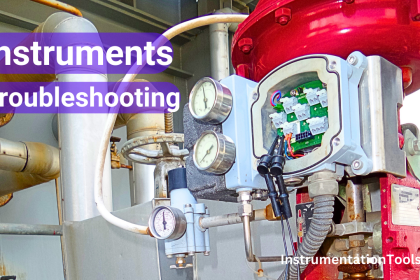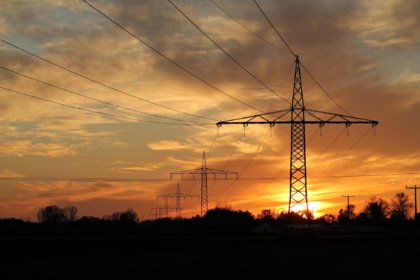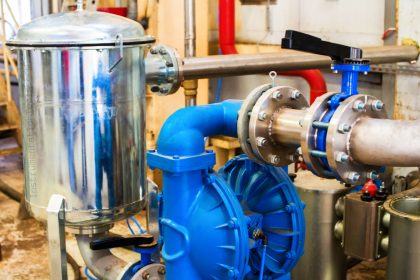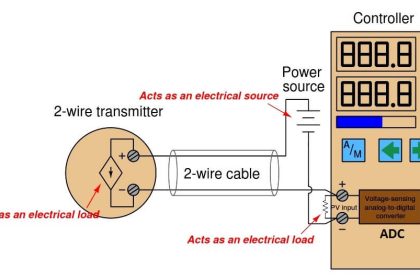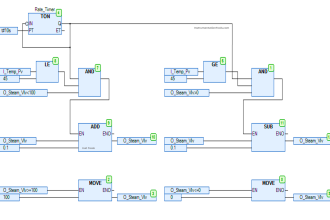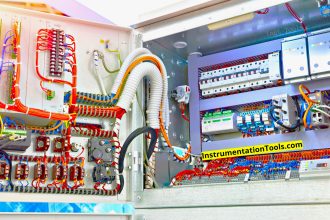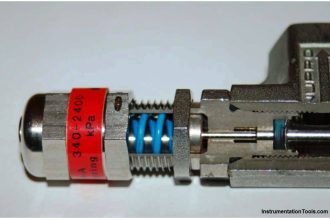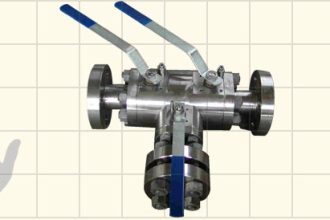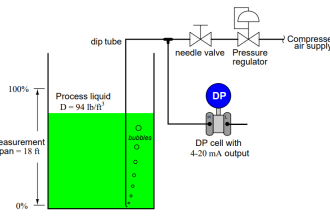In this article, we will learn about cable drum handling, uncoiling of cables, transportation, and storage of cable drums.
Since, every process industry requires electrical cables that run on electricity such as conveyors, motors, lamps & Drives.
Along with the use of cables for industrial applications, transportation & Storage of Cables is the most essential concept. Usually, the cables used come with rolled-in wooden drums.
Cable Drum Handling
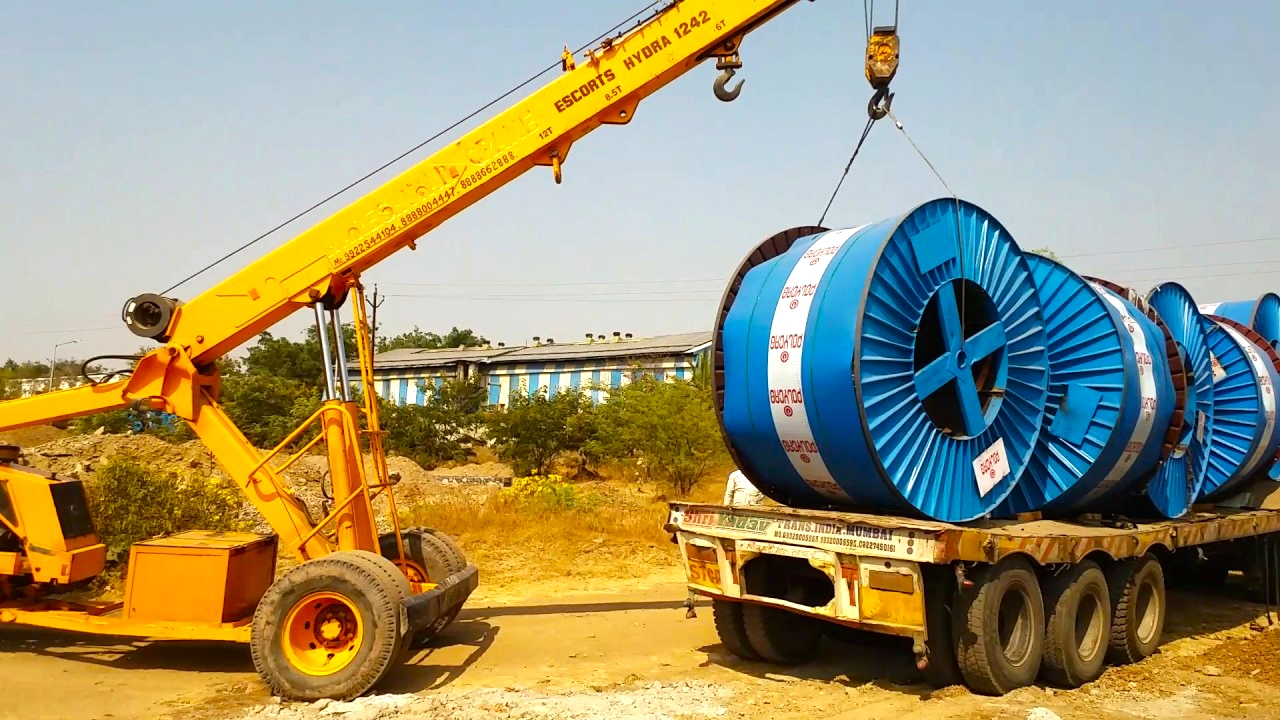
Cable drums are primarily intended to secure cable damage, and to store cable properly for use. Cable drums must be handled and stored correctly to avoid any unwanted impact or damage to the cables.
Mishandling cable drums can void your warranty with the manufacturer if the cables are compromised as a result.
Handling Drums
- Don’t move a cable drum by dropping it directly from the transport vehicle due to the potential to damage both the drum and the cable.
- When moving drums, always use proper lifting equipment such as cranes or forklifts.
- When hoisting cables, use a spreader bar to prevent the lifting chain from pressing directly against the drum, which can weaken the chain or damage the drum.
- To ensure the safe and complete lifting of the drums, lift them at 90° to the flanges and make sure the forks extend past both flanges.
- Drums should only be rolled for short distances and in directions that will not loosen the cable inside the drum. Because this may lead to cable kinking and tangling.
Storage of Drums
- Cable drums must be kept on a hard surface with wedges or barriers to prevent rolling.
- If the storage surface is soft or uneven, such as soil, it is critical to elevate the drums off the ground to avoid subjecting the drums to constantly damp conditions that may harm both cable & drum.
- Avoid storage of cable drums keeping them flat on their sides due to the cause of extra stress to the cable layers at the bottom. So cable drums should be stored vertically.
Uncoiling of Cables
- Place the drum on a jack stand or something similar to uncoil the cables. Pull the cable from the top of the jack stand rather than the bottom, where it could scrape against the floor.
- Avoid laying drums on their sides flat. & avoid uncoiling cables from flat drums, as this may cause scratches on the cables against the drum flanges.
- To prevent moisture or water ingress, if a cable length is cut from the drum, the exposed cable end that remains on the drum should be immediately resealed with a heat-shrinkable end cap. Wherever possible, the drum’s protective covering should be restored.
General Guidelines required for Cable Drum Handling during Transportation & Storage.
Transportation of Cable Drum
- The cable must always be protected and properly grasped during transport and storage.
- Inadequate cable drum handling causes impairment such as ruptured rollers or visible or unnoticed serious damage to the cable itself.
- Cable drums should be handled with caution.
- Cable ends must be secured to the drum to prevent them from becoming loose during transportation.
- All screw holdings must be inspected and tightened before transportation or moving the drums.
- During transportation, the cable must always be protected.
- Damaged drums must be checked carefully during transportation, and special care must be taken during transport, installation, or rewinding of the cable on another drum.
- Drums must always be transported and stored upright on pallets.
- Only appropriate vehicles should be used to transport cable drums, and they must be secured so that they do not shift during transport. The same holds true for cables being transported through large trailers.
- Only from the “flange side” is it permitted to pull cable drums with a forklift. To avoid damage, the fork should never come into contact with the cable or its protective cover.
- The manufacturer will provide a warranty for stability and usability for up to 18 months after delivery if a wooden drum is handled or stored properly as described by the vendor.
Storage of Cable Drum
Cables and drums can easily be damaged by improper storage conditions. As a result, some fundamental guidelines must be followed for the safe storage of cable drums.
- Drums must be labeled so that they can be identified quickly and easily such as Identification information such as cable type, length, and code number, & other signs include Roll This Way.
- Indoor cables must be stored indoors.
- Outdoor cables can be stored outside.
- Cable ends must be secured into the drum to prevent them from becoming loose during storage.
- Cable ends must be sealed with caps to prevent water ingress and moisture.
- Use a black plastic sheet, to protect a cable drum to ensure proper protection.
- Cables armored with a black sheath become warmer than the surrounding temp due to direct exposure to sunlight.
- Ensure that the cable temperature does not exceed the rated maximum storage temperature refer to the vendor’s data sheet for the maximum allowable temperature for transportation and storage.
- Drums should never be stacked or positioned on flanges.
- Drums must be protected from rolling away while being stored.
- The ground on which the drum will be stored must be firm, even, well-drained, and stable.
- Only small drums and lightweight cables are suitable for horizontal lying and handling.
- Cables must be stored in areas free of high heat or close to open fire areas, where chemicals, gasoline, and other liquids could be spilled, and must be avoided.
- To avoid rotting, the drums should not be left in direct contact with water or damp soil.
- To avoid direct sunlight exposure, the cable should be protected with a suitable package, such as a dark foil, and/or stored in the shade.
- Periodic inspections of the cable drum are recommended at least quarterly, even if the drum is stored in a secure and suitable area in case of direct exposure to weather or sunlight.
- Screws must be tightened as needed in dry and hot weather conditions to compensate for wood shrinkage. Torque wrenches must be used to tighten screws.
The force must be specified on the drum or in the following manner:
| Drum Size | Force |
| 700–1400 mm | 80 Nm |
| 1600–2200 mm | 100 Nm |
| 2500–2800 mm | 120 Nm |
Each drum is given a distinct drum number. Backtracking is impossible if a cable or a portion of it is rewound onto another drum without first noting the initial barrel number.
If you liked this article, then please subscribe to our YouTube Channel for Electrical, Electronics, Instrumentation, PLC, and SCADA video tutorials.
You can also follow us on Facebook and Twitter to receive daily updates.
Read Next:
- Electrical Drawings
- What is an HRC Fuse?
- Motor Cooling Methods
- SCADA in Power System
- What is a Buchholz Relay?
